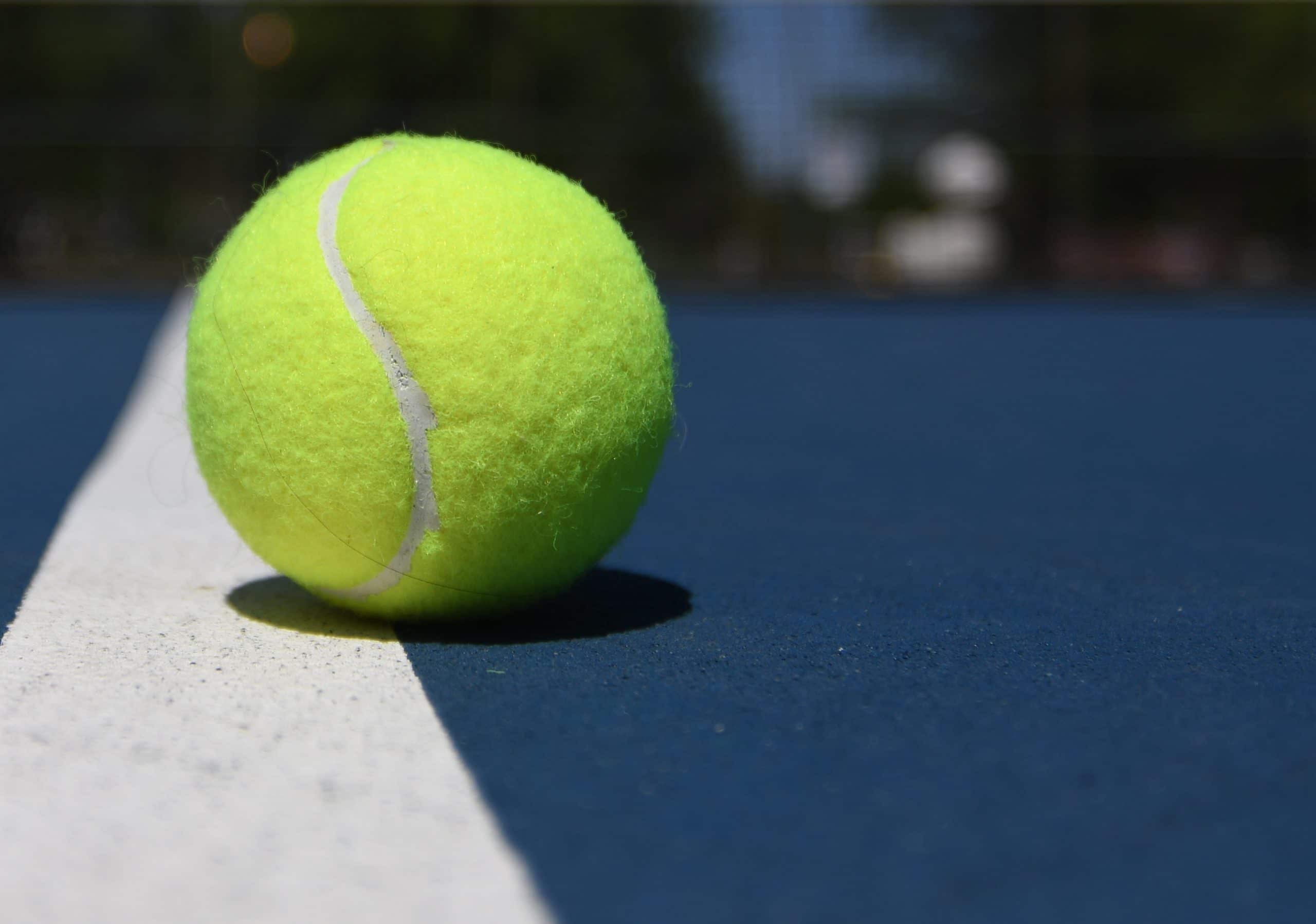

In tennis, whether a ball has landed in or is out of bounds is usually called by the linesmen/lineswomen or the chair umpire. In professional tennis, a player can also give the call whether the ball is in or out if the call has not been made by the officials.
The timing of the ball being called in or out is extremely crucial. Firstly, it is important to remember that the player can give a call only when the ball lands on his or her side of the court. Secondly, players need to give a call immediately when they see the ball landing outside. Once the call is made, the opponent can challenge the player’s call. In tennis, even if 1% of the ball touches the line, it shall be called in. So it is natural for players to make a wrong call and modern technology allows us to review them.
When a player calls the ball in or out, he or she cannot make the call after hitting a shot. The call needs to be made within seconds of the ball being pitched. Clay courts are an exception when it comes to line calling. Balls usually make a mark on the clay court. If a player calls a ball ‘out’ and later checks the mark only to realize it was ‘in,’ then the player who called it ‘out’ loses the point.
It is also advised that in a non-officiated match, players make the call only after it lands and not when the ball is still mid-air. If in such a scenario, the ball lands in after the player calls it out, it can create a rift between the players.
Hawk-eye and other technological headways has allowed professional tennis to be more accurate than before. Officials on court and players come up with a conclusion on a call almost each time.





